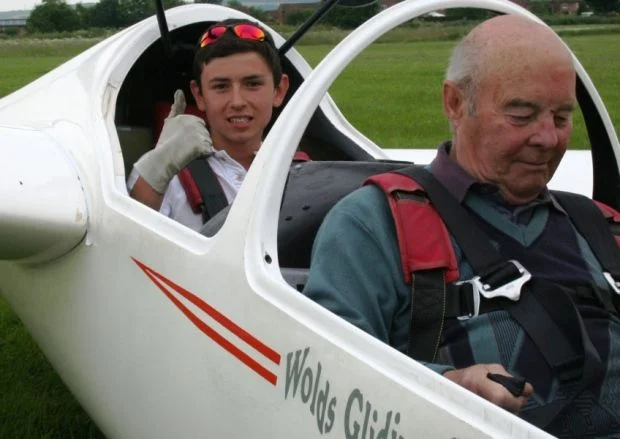Overview
Almost anyone can fly a glider (subject to some height and weight restrictions.) You can start learning from the age of 12, fly solo at 14 and we have members still flying well into their eighties. All our instructors are volunteers and training is FREE and UNLIMITED for all members. There is no requirement for anyone to ever fly solo - there is always an instructor happy to sit in the back and go for a ride!
Initial training takes place over a few months. Each time you visit the club, an instructor will assess your current progress (by reading your logbook) and then take you through the next exercise. Each new exercise will start with a briefing (some theory delivered at the whiteboard) followed by some practical flying and a debrief. Your progress will be documented in your logbook. The more frequently you visit, the faster you will progress.
Some of the (many) exercises are:
Launching/Landing (in various wind strengths/directions)
Speed Control
Coordinated Turns
Circuit Planning
Stalling/Spinning
…
When you can consistently demonstrate an appropriate level of competency for all the exercises then you may be asked if you’d like to fly solo (i.e. without an instructor.) This is the first major milestone in your gliding career. How long this takes is entirely dependent on your aptitude and the frequency with which you fly. Some people go solo after 50 launches others take 150 launches and some never go solo.
Once you’ve flown solo, you will then spend some time honing your skills and gaining experience in different weather conditions.
The next step is to take your Bronze endorsement:
“the applicant must demonstrate an adequate level of theoretical knowledge, gliding experience, and safe piloting skills and airmanship such that the successful outcome of a procedure or a manoeuvre should never seriously be in doubt”
This means a written exam and a formal flying test in addition to having completed 50 solo flights.
After that you can:
Learn to navigate and fly cross country
Learn to fly aerobatics
Transition into performance single seater gliders
Learn to fly aerotows (behind powered tug aircraft)
Learn to soar using different weather phenomena (wave and ridge lift etc)
Compete with other pilots (racing around 300km circuits)
etc etc
Getting Started:
If you haven’t already had a flight in a glider then we’d recommend you come down and have a go first before committing to joining the club or taking a course.
Once you’re sure, then the best way to start is to take our (1 day) ‘Take Off’ course. This will give you a good introduction to what gliding is all about (i.e. it’s not just flying!) The course format is as follows:
Guided tour of the hangars (seeing the gliders and tug aircraft ‘up close’)
Morning briefing (along with all the other members)
Overview of gliding (including the non-flying commitments)
Time in the gliding simulator (practicing some of the techniques you will use later for real.)
Flight1 in a motor glider (where you will have plenty of time to fly for real - without worrying about ‘staying up’)
Flight2 in a 2 seat glider (where you will be towed into the air by a powered tug aircraft)
Flight3 in a 2 seat glider (where you will be launched by the winch - a slightly more ‘exhilarating’ way into the air)
Debrief (where we try and convince you to join the club.)
Alternatively, you can just join the club, turn up early and get your name on the flying list. See here for a brief overview of how the club operates.

